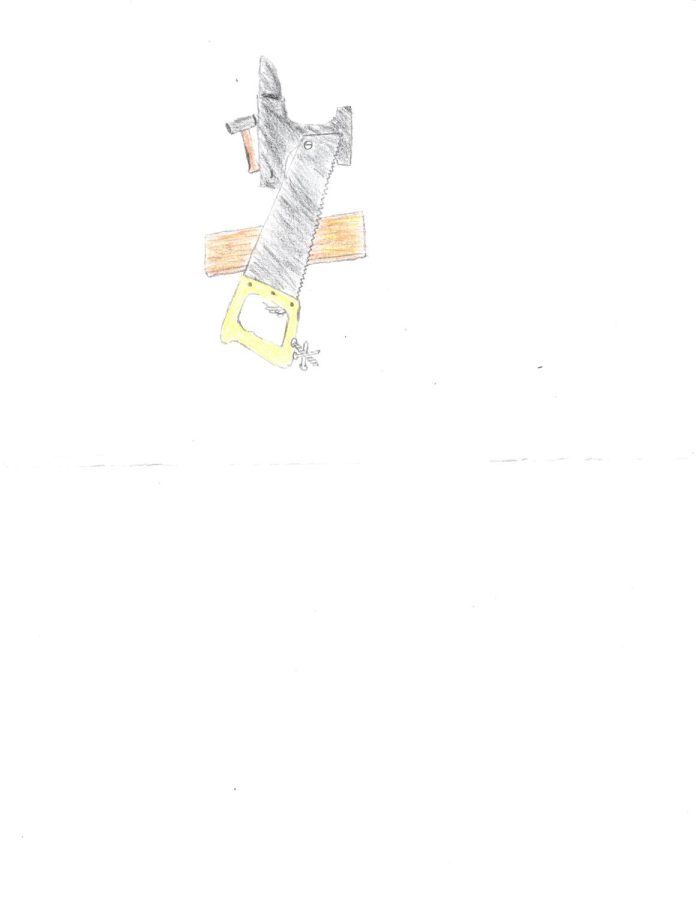Call for more trade options in elective curriculum

Like many other schools, Poway High used to teach shop classes like woodshop and metal shop. They cut out these classes in the 90s, because curriculum is now designed more towards college-bound learning, and class sizes have since increased, causing safety issues.
There is a sizable group of students now, who for many reasons cannot or have chosen not to attend a four year university, and who would rather join the workforce after graduating high school. Many of these students would be applying for a job with no skill or previous experience, thus making it more difficult to be hired.
Students may choose not to go to college because they need to support their family, or they cannot pay for college and don’t want to be in debt, or they are already very passionate about a career that does not require a college degree.
Alternatively, some may want to attend a trade school. Trade schools specialize in teaching their students the skills required for welding, plumbing, carpentry, etc. Learning a trade increases the chance of being hired, and receiving higher pay in that field. If schools taught just a couple of common trades, students would be able to advertise their experience on resumes.
Welding is a skill that in most cases can only be performed by a human, and welders are always in demand. Some basic metalworking skills and welding should be taught in a shop class alongside a woodshop.
Public schools have shown in the past that they are capable of supporting shop classes, so they should still be able to now. Poway High School in particular is aware of the surge in students who want to learn trades, by inviting trade school representatives to advertise on campus.
An issue seen with woodshop classes in the past is safety. Dealing with sharp and powerful machinery, as well as heavy objects has caused injuries There is unfortunately no perfect way to solve this problem, but other classes may also be dangerous, if the student is irresponsible or does not make proper safety precautions.
Using Weight Training as an example, the class has seen as many as 54 students in one class this year. The class is incredibly overcrowded, and to prevent injury, almost half the students exercise outside of the gym. Woodshop should not be incredibly difficult to mediate in an outdoor environment, considering the low amount of rainfall in Southern California.
Trades are in very high demand now, and employers looking for somebody with skill in a trade must be willing to offer a competitive salary to hire. The more “college bound” curriculum of public schools is undoubtedly a reason for this.
The curriculum meant to replace shop classes are designated as Career Technical Education (CTE) classes. While CTE classes are quite varied, and teach useful skills to students interested in the lines of work taught, they are still mostly are designed to put students in a position more ready for community college.
The fact of the matter is that CTE classes are a good start, but they do not teach trade skills to the same degree that shop classes did.
The removal of shop classes from high school elective curriculum represents the abandonment of students who do not plan on attending four year universities. With such a high number of students who will not be going to college, it should seem obvious that public schools would make accommodations. However the public school system has remained adamant about putting as many students as possible in college, instead of also supporting the students who wish not further their education beyond high school. If public schools really care about all of their students, they should give all their students the proper resources to succeed.


